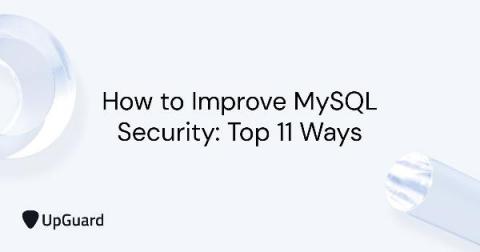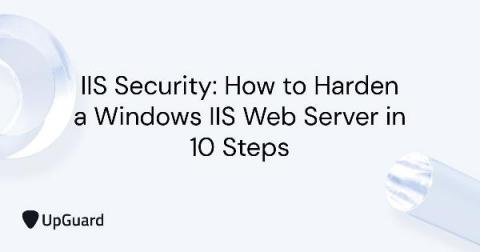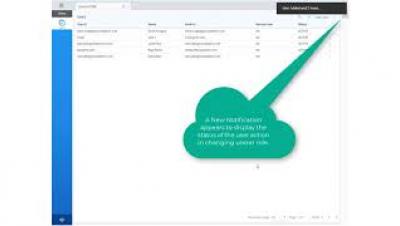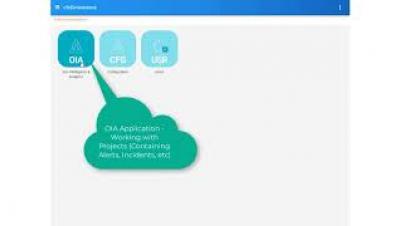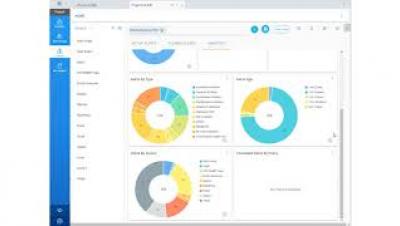Application Security Testing: Security Scanning Vs. Runtime Protection
The application layer continues to be the most attacked and hardest to defend in the enterprise software stack. With the proliferation of tools aimed at preventing an attack, it’s no wonder the application security testing market is valued at US 4.48 billion. Forrester’s market taxonomy breaks up the application security testing tools market into two main categories: security scanning tools and runtime protection tools.




